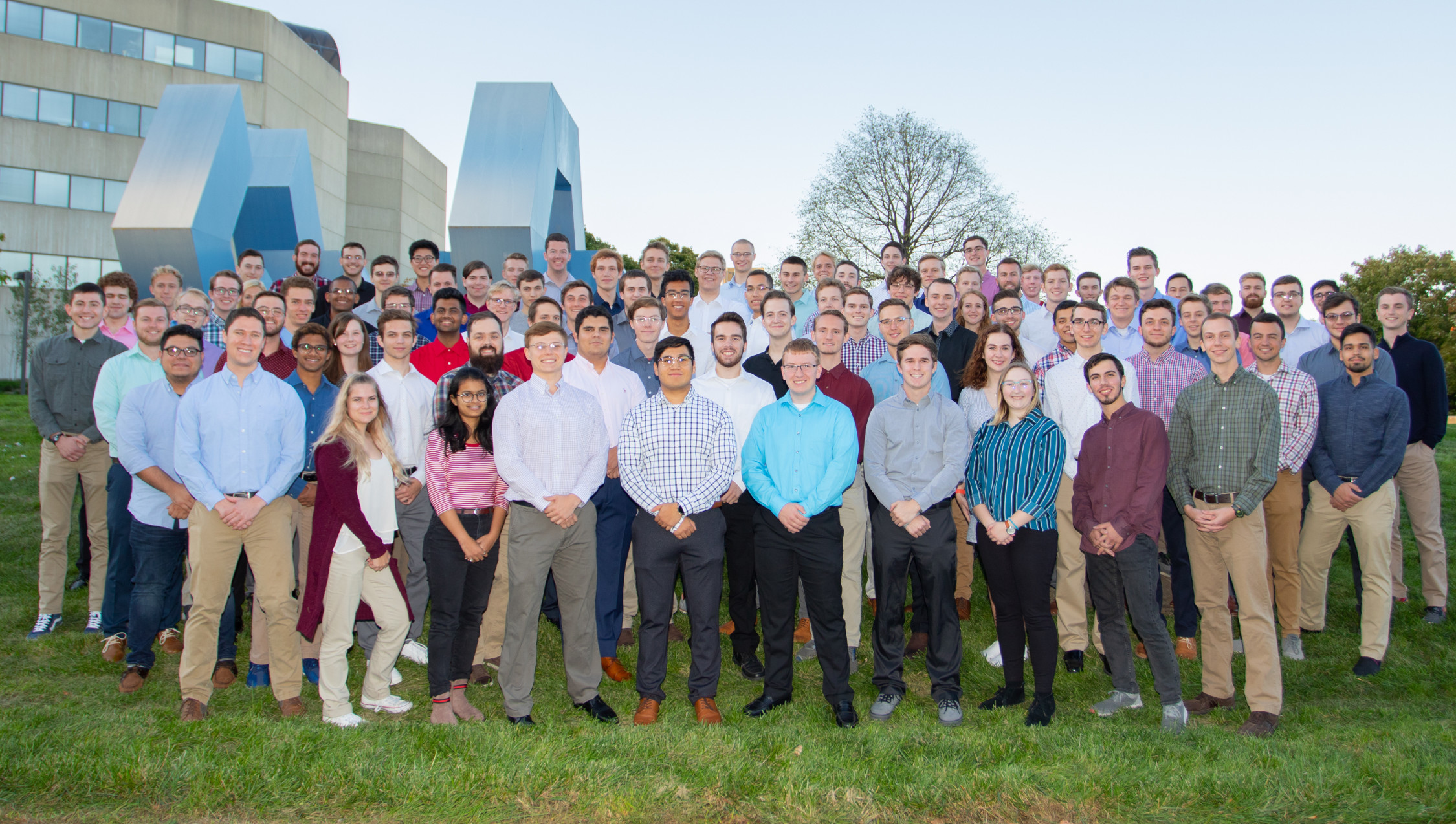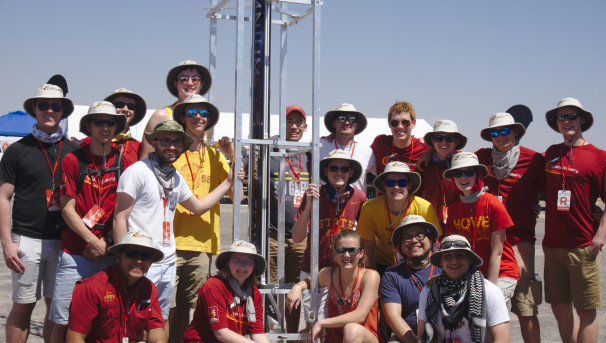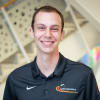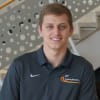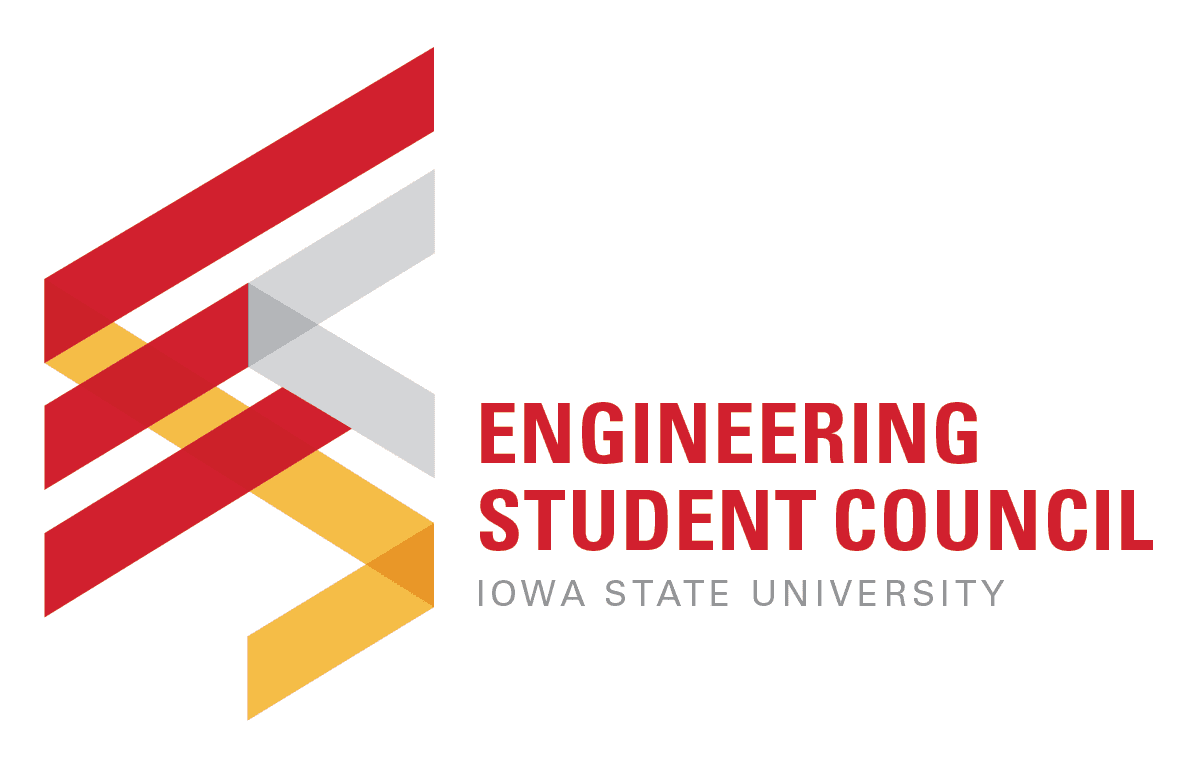Cyclone Rocketry 2020
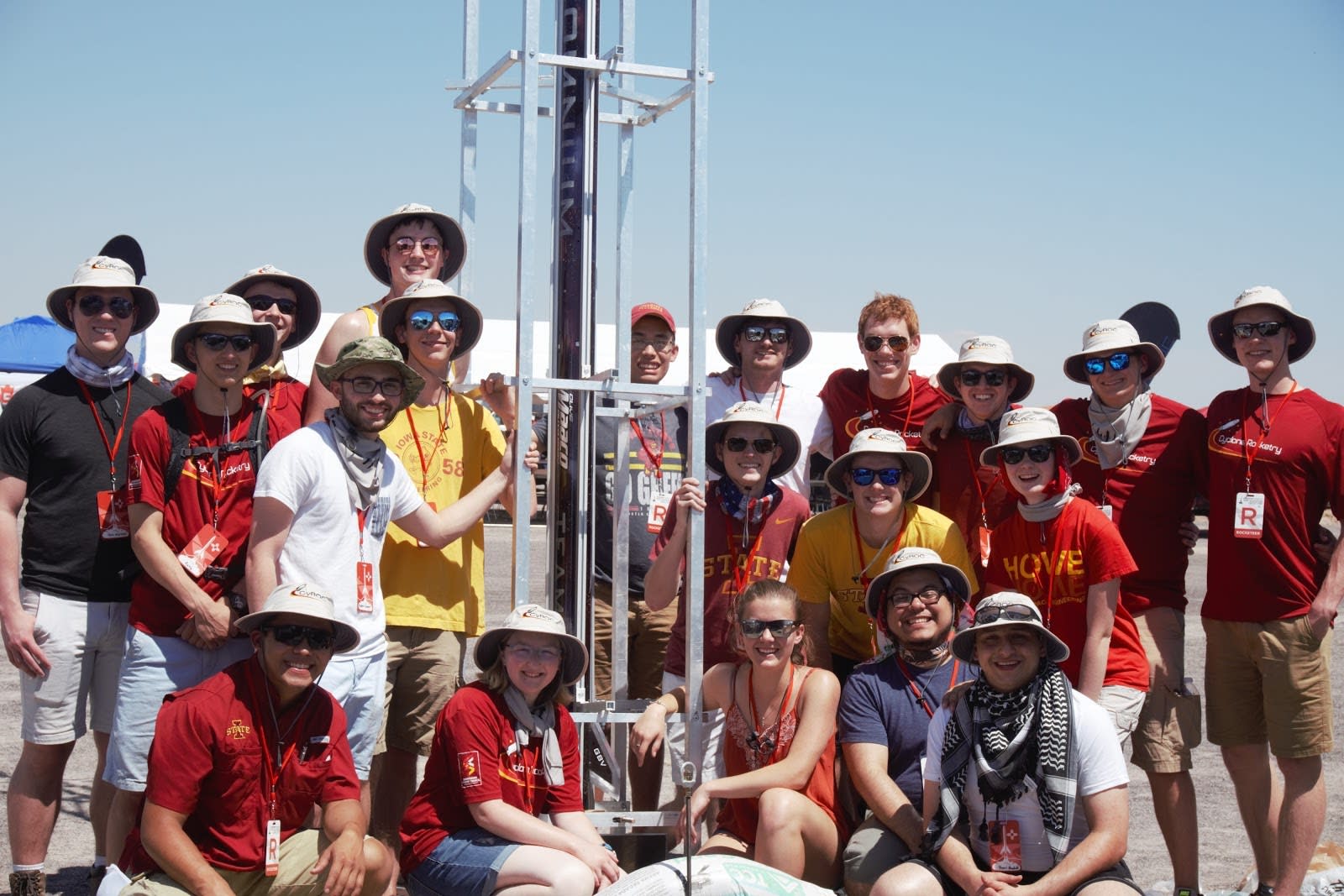
Who We Are
Cyclone Rocketry is Iowa State’s high-powered rocketry team, a multidisciplinary group that competes in the world’s largest intercollegiate rocket engineering competition: The Spaceport America Cup. The team consists of members of the student club Rocket Shop, who spend the entire prior academic year designing, manufacturing, and testing the competition sounding rocket. Cyclone Rocketry’s mission is to educate, inspire, and challenge Iowa State students, community members, and future generations about rocketry, science, engineering, and space. The team is the only group at Iowa State to provide hands-on exposure to rocket engineering, providing students with an invaluable opportunity to gain experience outside the classroom in this engineering field. Team members have the opportunity to participate in all the key steps of a complete engineering project, providing practical knowledge, fostering leadership development, and building modern communication skills.
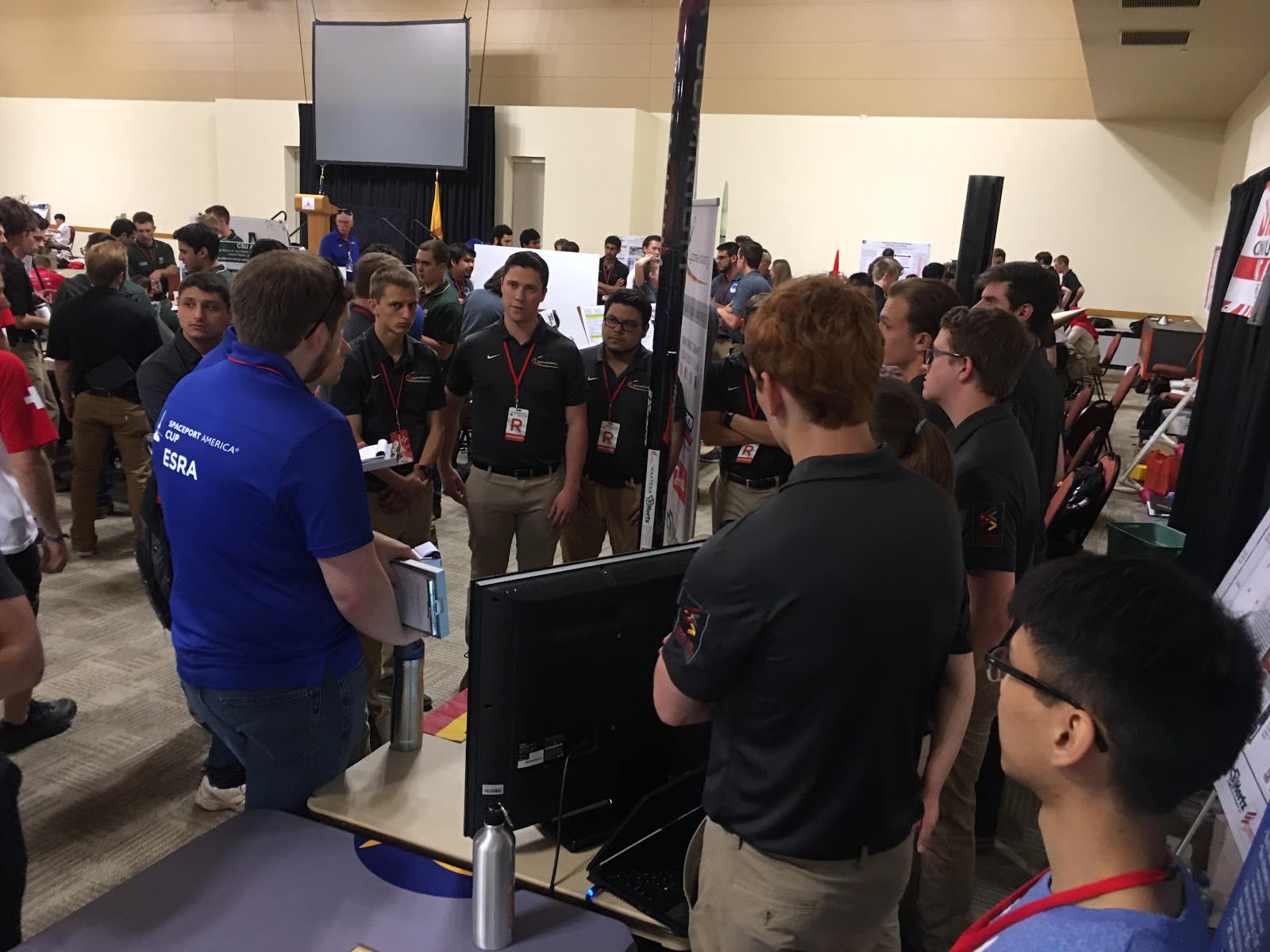
History
The team was founded two and a half years ago, with this year marking the third competition year. Both of the previous two years have seen great success, and the team is looking to improve on its record 4th place finish. In this short time, the team has been awarded both the Iowa State Newcomer Club of the Year and Outstanding Achievement awards by the University.
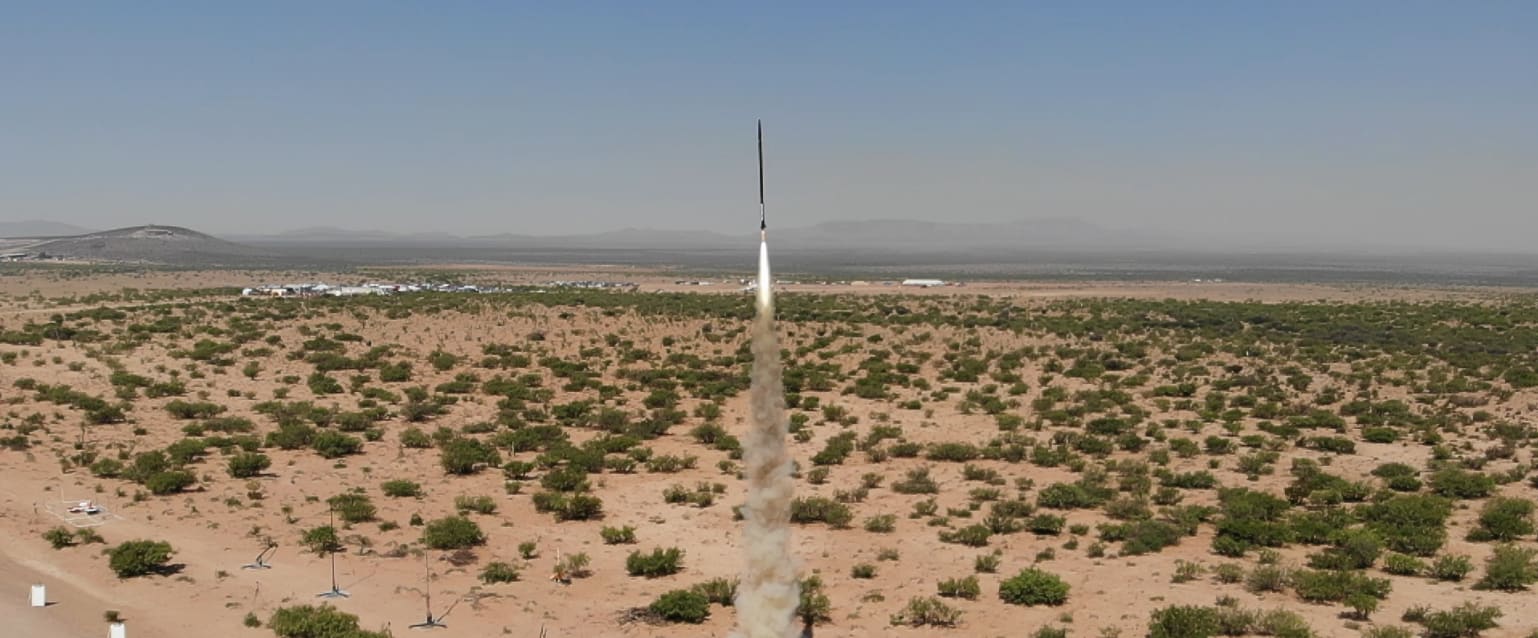
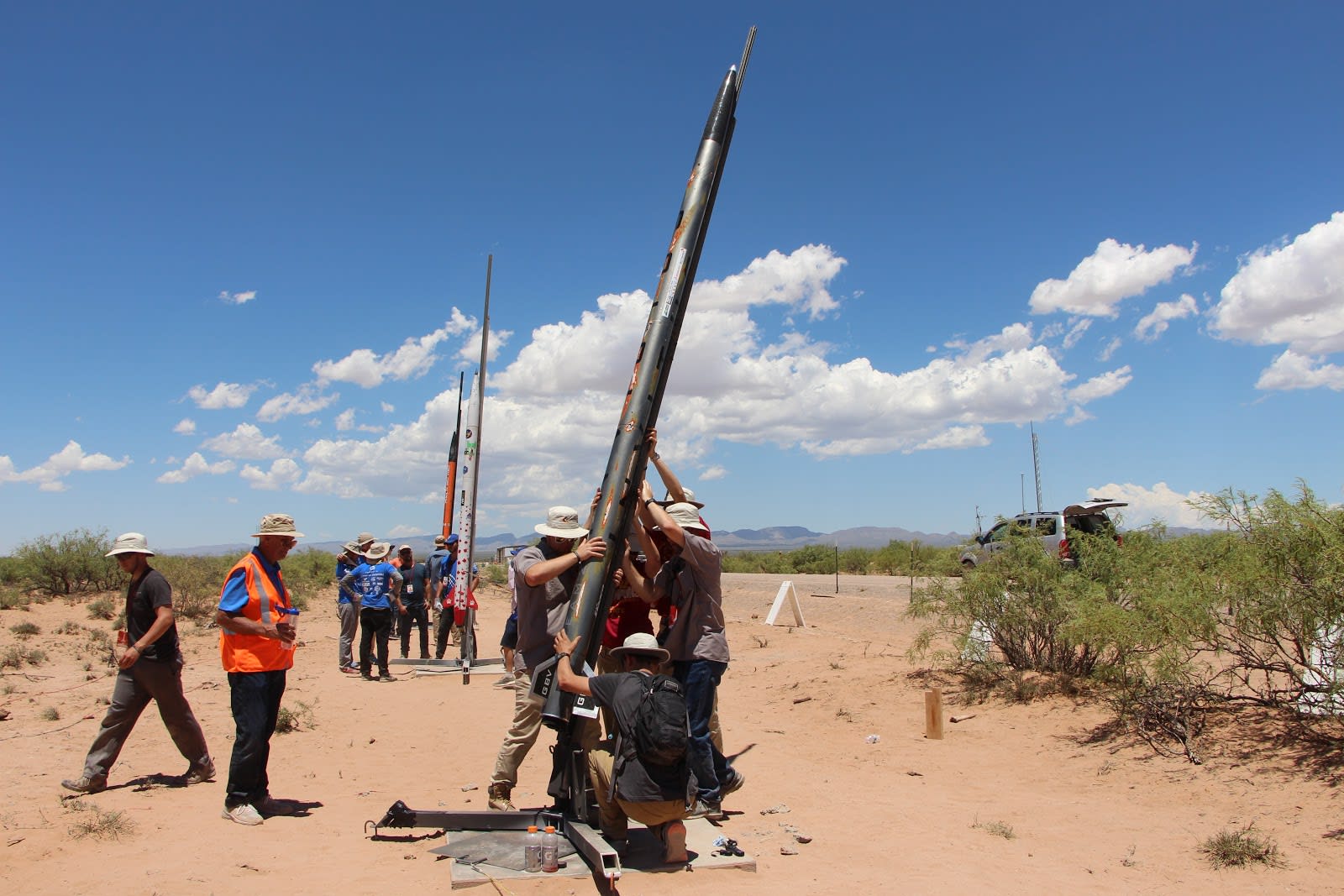
Rising Sun: Cyclone Rocketry’s 2020 Project
Ortu Solis, meaning ‘rising sun’ in latin, is designed to fly to an altitude of 10,000 feet above ground level at Spaceport America. Like last year, it will implement even more student researched and developed features than its predecessor and will push the team further than ever before. This year, however, greater emphasis is being placed on producing a sound and complete engineering project from top to bottom. This means setting realistic goals to expand on last year without stretching the time and knowledge of the team beyond its limit, as well as further emphasizing safe practices.
With this in mind, the team chose to return to the 10,000 ft target altitude to provide more time for analysis, manufacturing, and especially testing compared to last year. Also, for the first time in school history, student built solid rocket motors have been test fired successfully over the course of the last year. The team has chosen to first perform a full scale ground test which must be completed successfully before committing to fly the rocket on the team’s in house propellant, though the team is working to achieve this ahead of the competition this year.
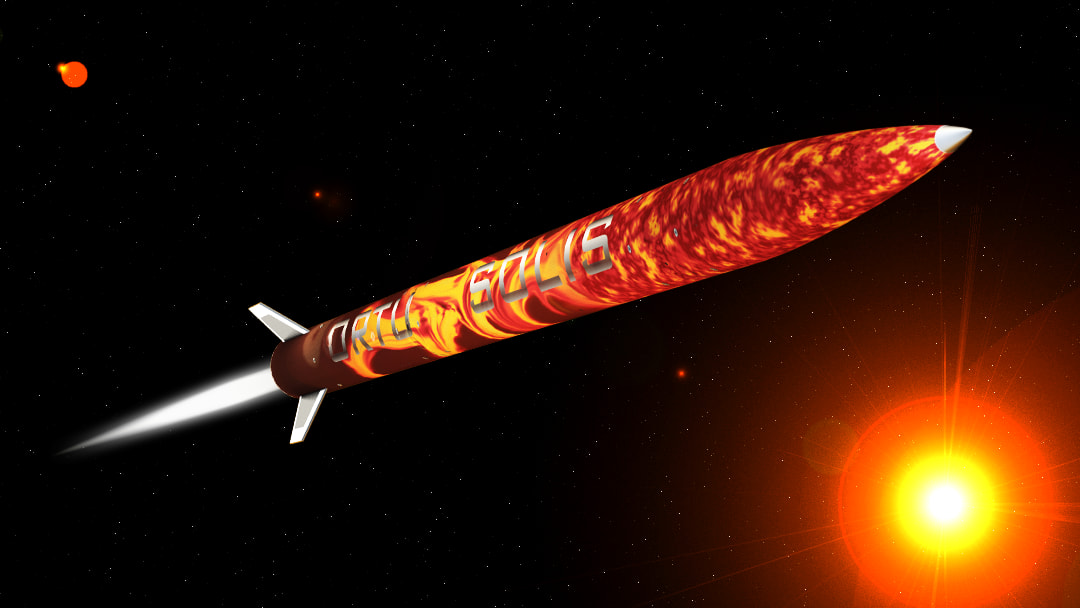
Rising Sun: Technical Details
-
Height: 12.5 ft
-
Diameter: 6 in
-
Takeoff Weight: 80 lbs
-
Top Speed: 550 mph (0.7x speed of sound)
-
Target Altitude: 10,000 ft
Rising Sun: Student Researched and Developed Components
-
In-house manufactured composite airframe parts (fiberglass and carbon fiber) including fins, couplers, and the nosecone
-
Customized single bay parachute deployment system with a payload ejection at apogee
-
Deployable care package payload capable of guiding itself to a GPS waypoint and testing a polymer used to clot blood on a battlefield
-
Onboard air brakes consisting of a mechanical actuation assembly and flight control system hardware and software
-
In-house manufactured metal subsystem components (primarily Aluminum)
-
Onboard location tracking to locate rocket after launch, including a live telemetry feed to measure rocket performance
-
Ground station and antenna tower capable of communicating with the rocket over great distance and on a variety of frequency bands
-
Partnership with the College of Apparel, Merchandising, and Design to custom sew parachutes
-
Solid rocket motor cast from a custom propellent formulation (still in testing)
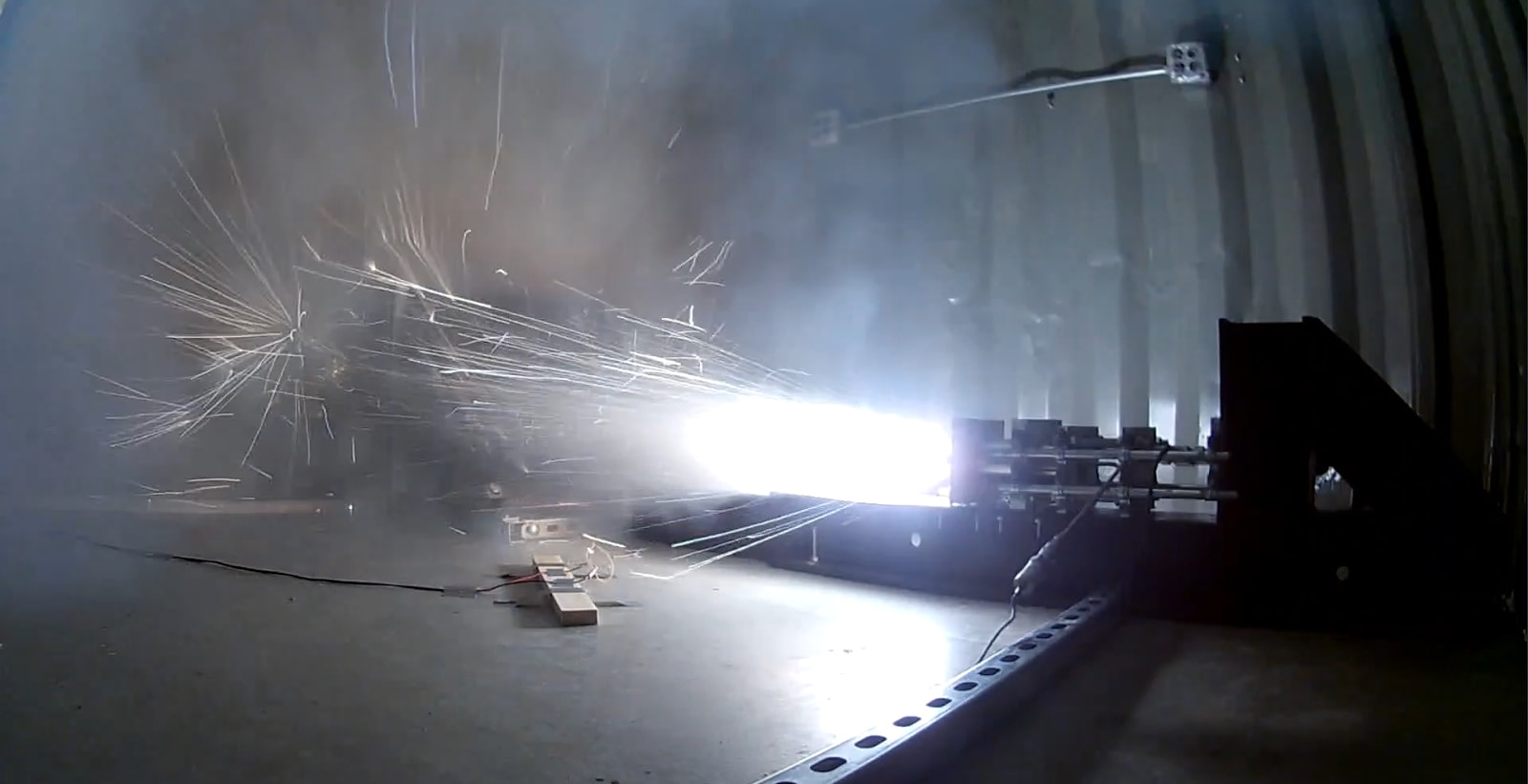
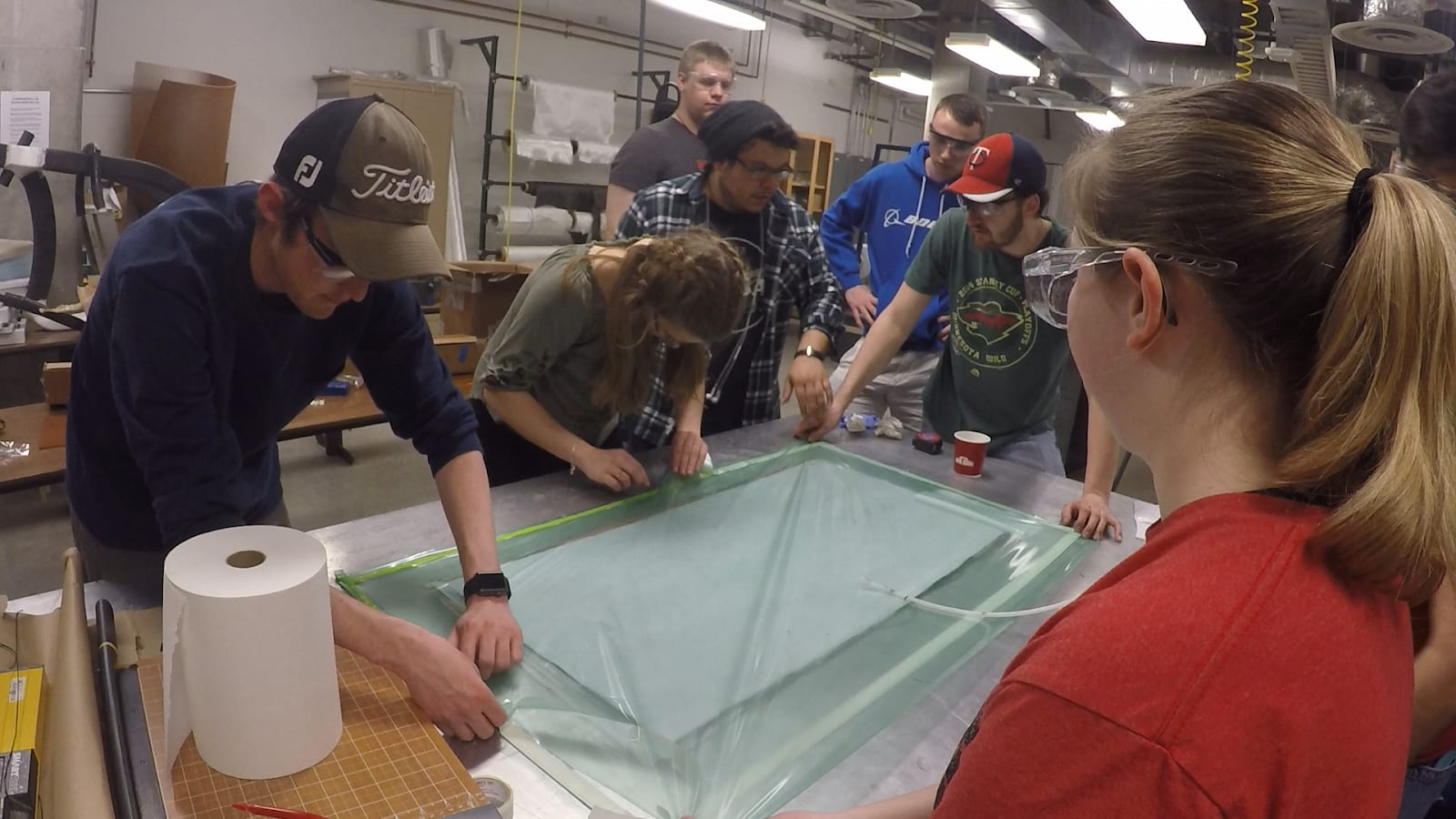
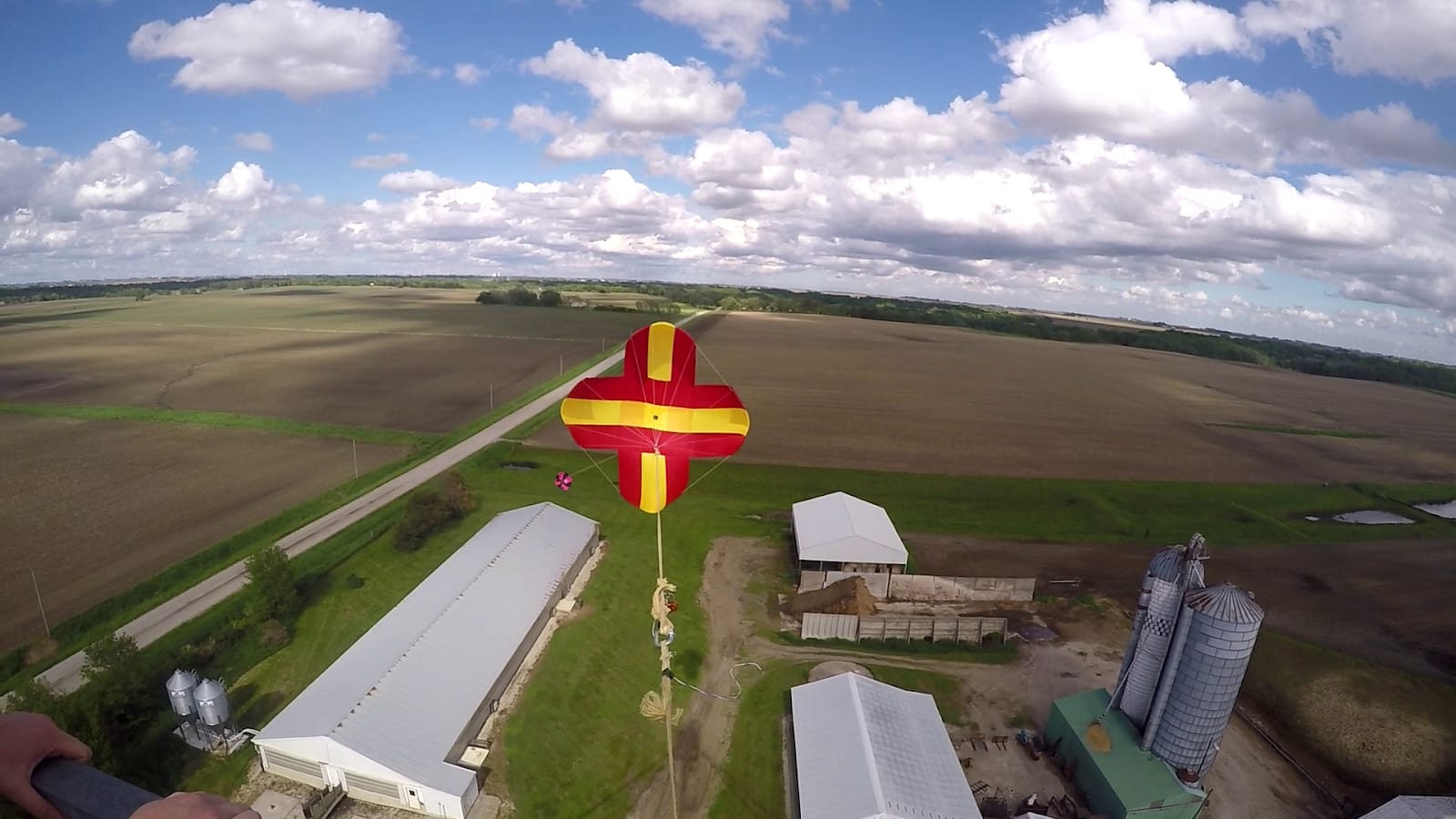
Help Cyclone Rocketry:
Cyclone Rocketry needs your help. The team has just entered the heaviest manufacturing portion of the build cycle, and there is plenty of testing to come. Building the rocket and getting students all the way to New Mexico for the week-long competition takes money alongside the team’s time and effort. Going to the competition and competing on the world stage against the other 149 engineering teams is a one-of-a-kind opportunity, and seeing this project from start to finish is extremely rewarding. With the help of your donations, Cyclone Rocketry can go the distance!
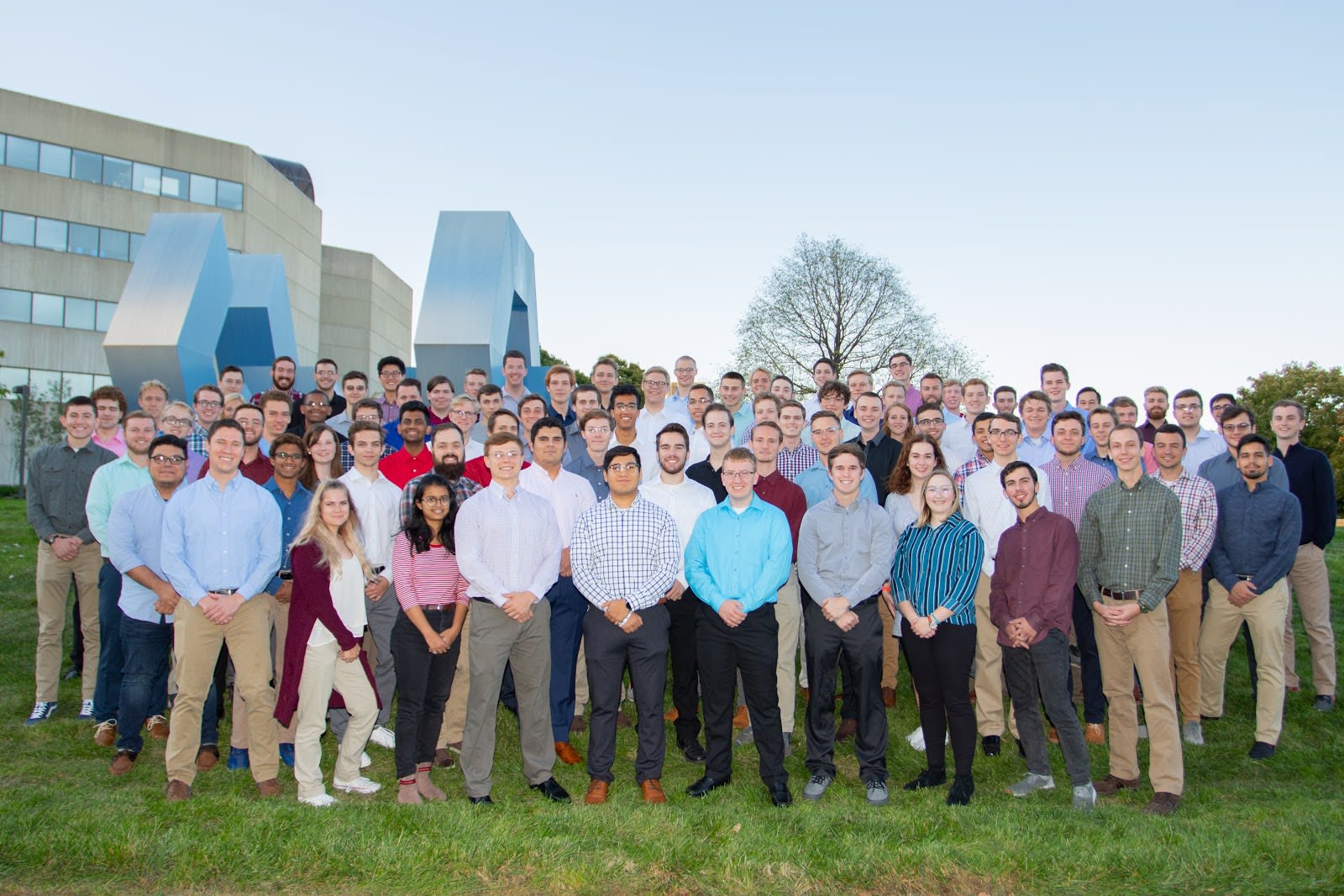
Visit our website at cyclonerocketry.org!
Special thanks to Iowa State University's Engineering Student Council for endorsing Rocket Shop’s ability to use the Cyclone™ Rocketry wordmark:
$250
Tier 3
Tier 4 + name written on payload cubesat housing, free launch day t-shirt (must provide address and size)
$500
Tier 2
Tier 4 + Name written on rocket fin, free launch day t-shirt (must provide address and size)
$1,000
Tier 1
Tier 4 + Name written on rocket fin, free launch day t-shirt (must provide address and size)

